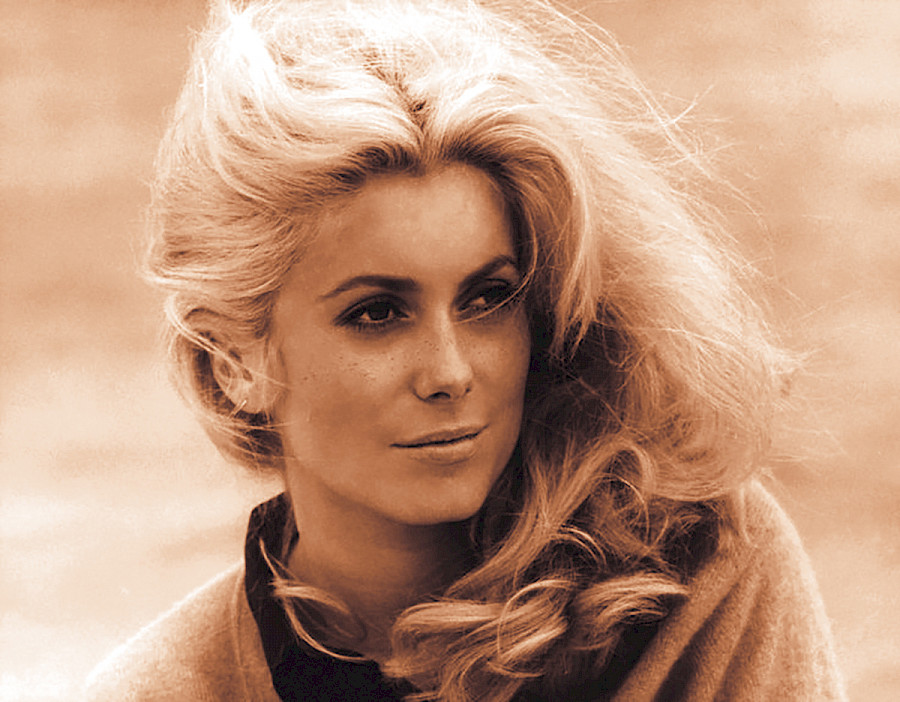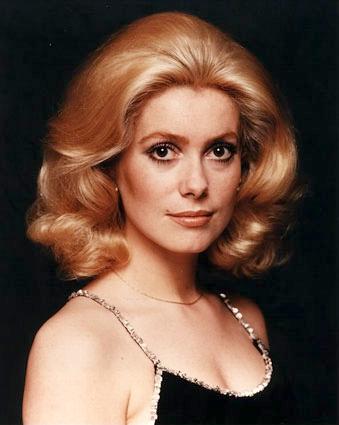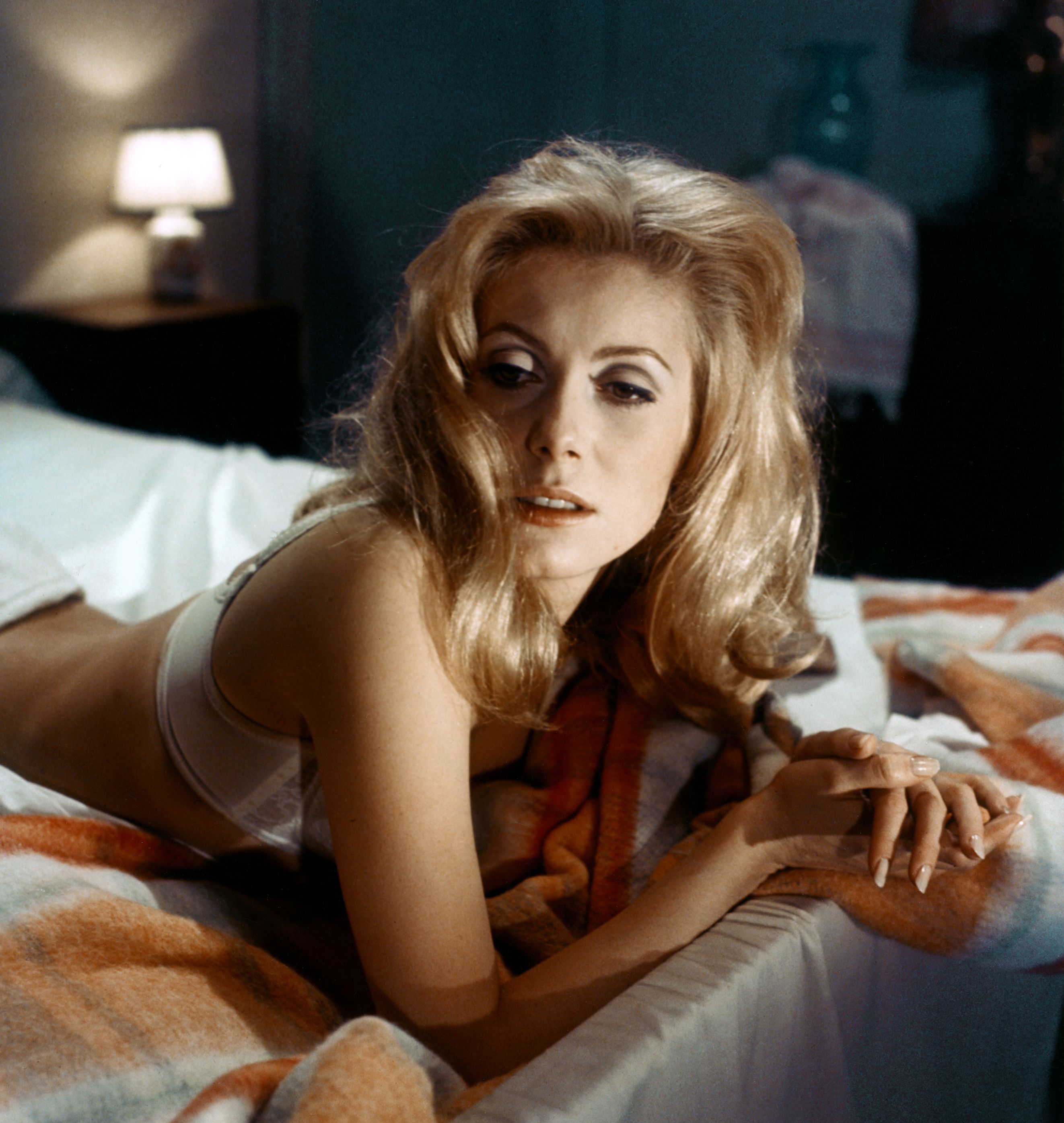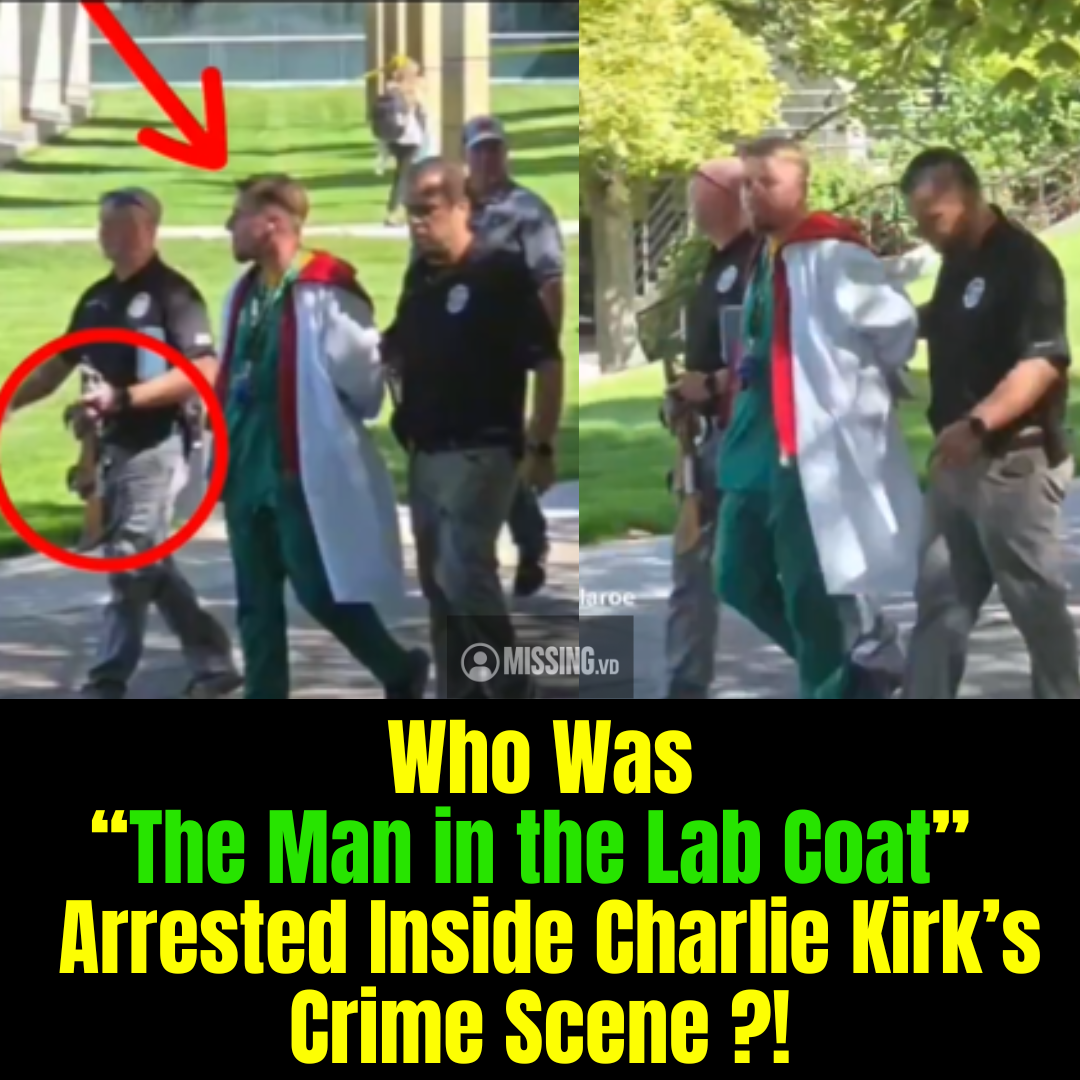With a sparkle in her eye and a promising future ahead, she went on to warm hearts and become a household name
With a sparkle in her eye and a promising future ahead, she went on to warm hearts and become a household name
In the kaleidoscopic world of 1960s cinema, where horror films bled into pop culture and starlets seemed to shimmer and fade overnight, one name briefly burned with an almost mythic glow: Susan Denberg. In 1967, she appeared in a Hammer Horror production that still lives vividly in the memories of fans, only to vanish from the screen soon after. For decades, whispers of scandal, silence, and personal struggles trailed her legacy. Who was this enigmatic blonde who seemed to embody the very spirit of swinging-sixties glamour and gothic dread, only to disappear just as quickly as she arrived?

Born Dietlinde Zechner in 1944 in Bad Polzin, Germany (then part of Prussia, now Poland), she emigrated to Austria as a child. Like many young women of her generation, she found early work in modeling, where her statuesque figure, platinum hair, and striking blue eyes made her an instant standout. By the mid-1960s, she had reinvented herself as Susan Denberg, pursuing opportunities far from her European beginnings.
Her first burst of fame came not from acting but from the pages of glossy magazines. In August 1966, she was featured as Playboy’s Playmate of the Month. The spread introduced her to American audiences, painting her as the quintessential blonde bombshell of the era — alluring, slightly exotic, and brimming with possibility. From there, Hollywood beckoned.

Denberg’s most notable screen appearance came swiftly. In 1967, Hammer Films, then at the height of its horror success, cast her in Frankenstein Created Woman. Directed by Terence Fisher, the film paired gothic horror with themes of love, revenge, and metaphysical mystery. Denberg played Christina, the disfigured daughter of an innkeeper who, after her tragic death, is resurrected by Peter Cushing’s Baron Frankenstein in a new, flawless body. As Christina, Denberg balanced pathos with eerie allure, embodying Hammer’s blend of beauty and menace.
The role was both bold and tragic. Denberg was not just another damsel in distress; her Christina carried the weight of longing, despair, and vengeance. In one of Hammer’s more philosophically inclined scripts, her performance elevated the film beyond camp. For many horror fans, her image in that role — golden-haired, pale-skinned, both victim and avenger — remains iconic.

Yet just as Denberg’s career seemed poised to take off, she disappeared from mainstream cinema. There were rumors of small television appearances, including an episode of Star Trek (“Mudd’s Women,” 1966), but after
Frankenstein Created Woman, no major roles followed. It was as if the blonde who had lit up Hammer Horror simply evaporated into the ether.
What happened next became the stuff of tabloid speculation. Some reports suggested that she had fallen into personal difficulties in Los Angeles, including struggles with substance abuse and mental health. Others claimed she returned quietly to Europe, retreating from fame after its brief, searing burn. For years, conflicting accounts circulated, some insisting she had died young, others that she lived reclusively in Austria. The mystery only deepened her legend.

Part of Denberg’s allure lies in this absence. Unlike her contemporaries who built long résumés of films and television roles, she left behind only fragments — a handful of performances, photographs, and rumors. That scarcity has turned her into a cult figure, her name invoked with the same fascination reserved for stars who vanish at their peak.
What we do know is that Denberg’s life after Hollywood was turbulent. By the 1970s, she had largely retreated from the spotlight, but traces of her surfaced in European gossip columns. Tales of heartbreak, scandal, and personal reinvention circulated but were rarely confirmed. In some ways, the absence of certainty has made her story even more compelling — a real-life mystery that mirrors the gothic fantasies she once inhabited on screen.
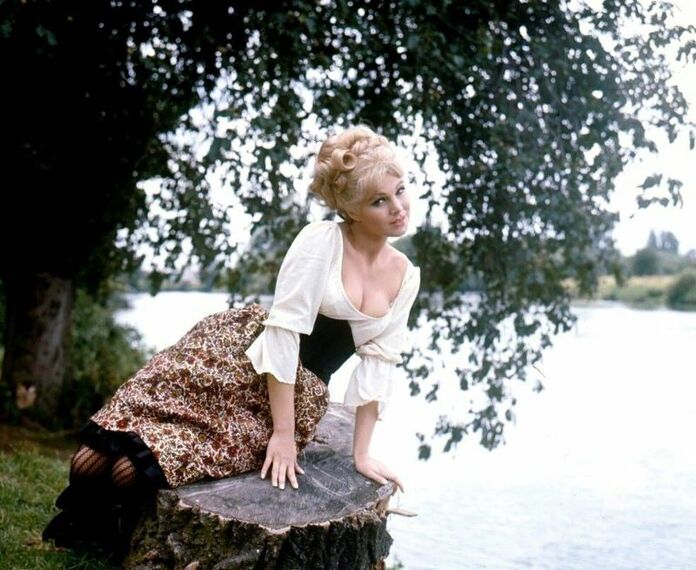
For fans of Hammer Horror, Susan Denberg remains frozen in time, forever the tragic Christina. That image — a young woman reborn by mad science, her beauty both a gift and a curse — resonates beyond its pulp origins. In the role, Denberg projected an emotional vulnerability that made Christina unforgettable, a performance that outshone her limited dialogue. It was the kind of part that might have launched a longer career, had circumstances been different.

Today, Denberg’s brief moment in the spotlight is celebrated not only by horror aficionados but also by cultural historians who see in her story the complexities of 1960s celebrity. She was part of a generation of women whose careers were both made and constrained by their beauty, caught in an industry that valued them as icons more than as artists. Her vanishing act — whether by choice or by circumstance — only underscores how fragile fame could be.

Who was Susan Denberg? A model, a Playboy pin-up, a Hammer starlet, a rumored cautionary tale — but also a reminder that some stories resist neat conclusions. Her life, like the films she graced, is tinged with mystery and melancholy. She may not have built the filmography of a Monroe or a Bardot, but for those who glimpse her in
Frankenstein Created Woman, she is unforgettable: a ghostly vision of beauty, loss, and cinematic immortality.
Her story is stranger than fiction because it lingers unfinished, a question mark wrapped in velvet shadows. Denberg’s name still prompts curiosity, still conjures the image of a blonde beauty whose star blazed briefly and vanished. And perhaps that is why, more than fifty years later, we still ask the same question: what really became of Susan Denberg?
News World Business Tech Healthy Tips She lit up the screen in Mayerling—but behind the scenes in 1967 London, Catherine Deneuve was living a love story far more secretive than any film.

Beyond the Wedding: How a Grandmother’s Choice Redefined Family Values

Beyond the Wedding: How a Grandmother’s Choice Redefined Family Values
A Grandparent’s Tough Love: Choosing Values Over Luxury
Weddings are meant to unite families in joy, but sometimes they reveal truths we’d rather not face. For me, the happiest time of my granddaughter Jessica’s life became a test of love, gratitude, and respect — one that forced a decision no grandparent ever wishes to make.

A Granddaughter’s Place in My Heart
From the moment I held Jessica, she became the light of my life. With her parents working long hours, I spent countless days with her, creating memories filled with laughter, baking, painting, and zoo visits. She wasn’t just family — she was my companion, my joy, my daughter in spirit. I silently vowed to make her life magical whenever I could.
Dreaming of a Fairytale Wedding
Jessica loved fairytales and often imagined her wedding day. When she became engaged to Mark, I promised to make that dream a reality. I threw myself into planning: flowers, venues, cakes, music — every detail chosen with love.
The Change I Couldn’t Ignore
But as the months went on, her excitement shifted to expectation. Gratitude faded, replaced by impatience. One evening, I overheard her dismissive words about all I had done. The joy and appreciation I had nurtured seemed gone.
The Difficult Decision
After reflection, I made a heart-wrenching choice: I canceled all the wedding plans. Not to punish Jessica, but to teach her that love and generosity are gifts, not obligations.
The Heart-to-Heart
I spoke honestly:
“Jessica, love isn’t measured by money or extravagance. It’s measured by respect, kindness, and how we treat those who care for us.”
It was emotional and painful, but real — and sometimes, real is what’s most needed.
The Aftermath
Weeks passed in quiet reflection. I found peace knowing I acted out of love. Jessica, I hope, began to understand the lesson: valuing people over possessions, gratitude over expectation, love over luxury.
Conclusion
Life rarely hands perfect endings. Choosing values over comfort is never easy, but it leaves a legacy far greater than any lavish celebration. Respect, kindness, and wisdom — these are the gifts that truly endure.
Family Speaks Out After FBI Arrest in Charlie Kirk Shooting, Claims Young Man Is Innocent
Fictional Political Thriller: Family Dispute Complicates High-Profile Activist Shooting Investigation
A political tragedy has gripped the nation, and now a family dispute adds a complex layer to the unfolding story. Twenty-two-year-old Tyler Robinson has been arrested in connection with the fatal shooting of conservative activist Alex Mercer at Western Valley University,
but his grandmother insists the wrong person may be in custody. Her defense raises questions about evidence, perception, and the difficulty of uncovering the truth in a case that has captured nationwide attention.
Federal authorities allege that Robinson carried out the shooting from a vantage point near the campus. Prosecutors cite a combination of surveillance footage, online communications, and tips — some reportedly from family members — as evidence supporting the arrest.
Despite this, Robinson’s grandmother publicly defended him, describing her grandson as a “shy, quiet kid” who never owned a firearm and rarely expressed political opinions. She insists that the young man she knows could not have committed such a violent act.
The arrest has divided public opinion. Some trust law enforcement’s investigative process, while others are moved by the grandmother’s conviction. The dispute underscores the tension between justice and personal belief, leaving questions about motive, culpability, and accountability unresolved.
Conclusion
Robinson’s arrest highlights the complex interplay between evidence, perception, and public opinion in high-profile criminal investigations. As prosecutors prepare to advance the case, the nation watches closely, grappling with a story that intertwines tragedy, suspicion, and the challenge of discerning truth amid a politically charged backdrop.
We didn’t think he would make it through the night: He kept asking for “Murphy…” — but no one knew who that was


